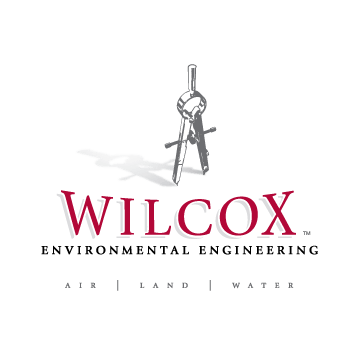The New IDEM 2015 Screening Tables has removed 1,2 DCE (mixed isomers)
Wilcox Environmental Engineering keeps a continual watch on shifting regulations, and analyze the shifts with respect to our clients’ environmental liabilities. IDEM revisits the risk-based closure screening tables annually. These screening tables affect environmental liabilities for companies from Evansville through Indianapolis and up to Fort Wayne, including all Indiana towns and counties between. The 2015 Screening Levels Tables are now available and went into effect on March 2, 2015. A link to IDEM’s 2015 screening levels tables (Tables A-6 and A-7) is available on the risk-based closure web page at http://www.in.gov/idem/landquality/2340.htm. As noted on page 10 of the Remediation Program Guide, a six-month transition period applies to the new tables. The six-month transition period ends on September 2, 2015. The risk-based closure web page includes the following updates regarding the changes; 2015 Screening Level Table (in PDF and XLS formats), 2015 Screening Level Table with Explanatory Text(in PDF format), and 2015 Screening Level Table Announcement (in PDF format).
The 2015 version of Table A-6 includes all of the chemicals found in the 2014 table except 1,2dichloroethylene (mixed isomers) which has been removed. The 2015 version of Table A-6 contains new entries for the following 21 chemicals: azodicarbonamide, barium chromate, calcium chromate, 1,3-dibromobenzene, guanidine, guanidine chloride, lead chromate, lead phosphate, manganese (non-diet), nickel acetate, nickel carbonate, nickel hydroxide, nickelocene, PCB: aroclor 5460, perfluorobutane sulfonate, potassium perfluorobutane sulfonate, sodium dichromate, strontium chromate, styrene-acrylonitrile (SAN) trimer, sulfur trioxide and triethylene glycol. Because U.S. EPA updated the ingestion and dermal exposure factor assumptions used to calculate the regional screening levels, most of IDEM’s 2015 screening levels also changed. Though most of the observed changes are relatively minor with respect to the primary risk driving chemicals, specific industries or ongoing site characterizations or remedial actions could be affected, positively or negatively. Wilcox Environmental Engineering project managers closely follow all changes in the regulatory world, both state and federal level, to be able to maximize any potential positive change and minimize any potential negative change for our clients and their specific environmental liabilities.
